SICK Control devices, buttons
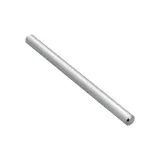
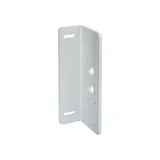

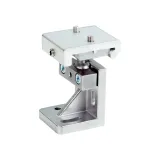
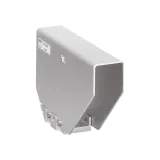

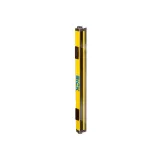
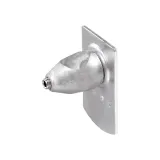
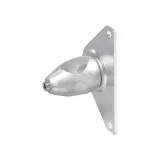

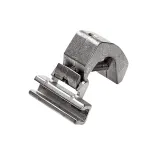
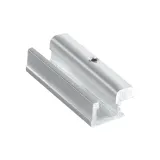
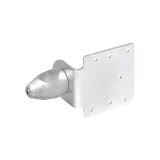
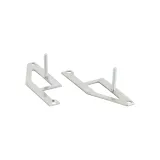
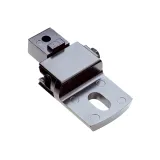

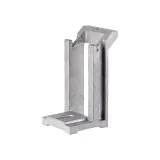
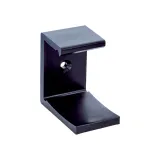
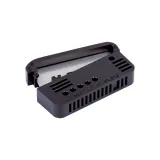

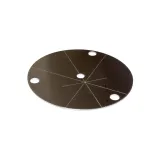


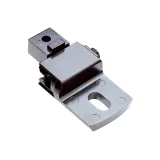

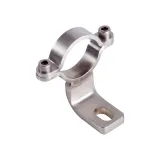
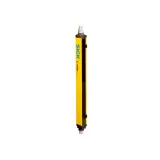

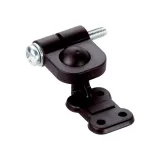
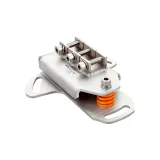
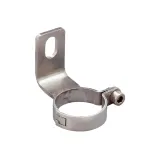
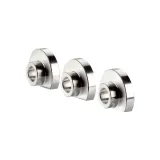

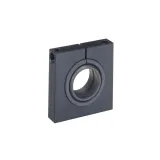
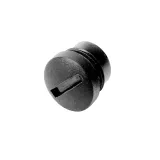
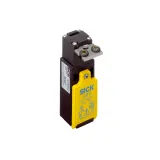
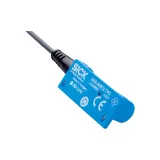
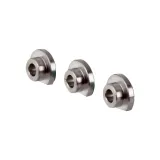

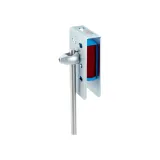
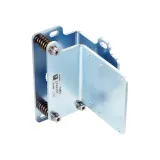

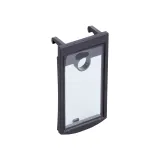


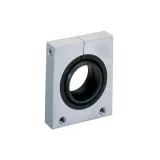
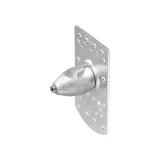
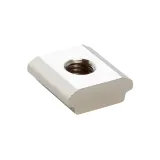
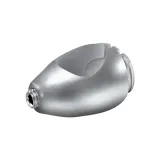

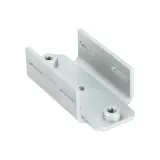

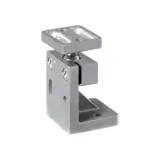
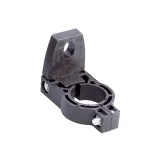

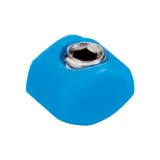
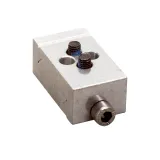


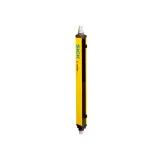
-
-
1
- 2
-
sick control devices for machine HMI and safety loops
SICK builds the front end of industrial control so operators can start, stop, select, acknowledge, and emergency-halt with confidence. The range centers on 22 mm and 30 mm bezel systems with modular actuators and contact blocks, sealed to IP65–IP69K on the panel face and rated for −25…+70 °C operation. Typical contact ratings cover 24 V DC logic (gold-plated μ-contacts for 1 mA signals) and power circuits up to 230/240 V AC at 3–5 A; terminals accept 0.5…2.5 mm² copper with cage-clamp or screw options. Mechanical life commonly reaches 1–10 million operations depending on mechanism, and illumination runs on 24 V DC with efficient LEDs.
Product range and series overview
Actuators include momentary/maintained pushers, key and knob selectors, mushroom heads, illuminated rings, pilot lights, buzzers, and reset devices. Bodies are modular: choose the operator, stack NO/NC blocks, add LED elements, then clip to a common mounting adapter. Low-profile bezels support dense layouts in small doors; heavy-duty versions add metal fronts for vandal and glove use. For hygienic areas, smooth-face units resist detergent attack; for outdoor kiosks, UV-stable plastics keep color over time.
Technical specifications and standards
Electrical interfaces follow IEC/EN 60947-5-1 (control circuit devices) with insulation category III, impulse withstand typically 2.5–4 kV, and pollution degree 3 on the door side. Emergency-stop elements comply with ISO 13850 and IEC/EN 60947-5-5 (triggering capacity and latching), with safety data sheets for PL e/SIL 3 circuits when wired with force-guided contacts and external monitoring. Front sealing to IP66/IP67/IP69K is standard on many variants; rear IP20 unless boots are added. Vibration and shock withstand align with IEC 60068 test families; IK07–IK10 impact classes are available on metal-face types. Indicator visibility uses high-efficiency LEDs with clear lens codes (red, amber, green, blue, white).
sick push button switches actuation and wiring
Heads are available in flat, raised, and guard-ring styles. Travel and actuation forces are tuned for gloved operation (typically 2–5 N momentary), with positive-opening NC contacts for safety interlocks. Snap-on blocks shorten assembly; bayonet couplers let you rotate contact orientation without undoing wiring. For PLC inputs, use gold-flash NOs to avoid contact bounce at micro-currents; for relay and motor auxiliaries, AgNi/AgSnO₂ blocks carry higher loads. A common 24 V DC LED module drops straight behind the lens, simplifying spares.
sick emergency stop buttons categories and performance
Mushroom operators come in 30–60 mm heads with twist-to-release or key-release. The latching unit provides direct opening action; optional illuminated collars show trip state from a distance. Contacts are force-guided and designed for monitoring with EDM; inertia and vibration immunity meet machine standards, so nuisance trips are rare when panels sit on moving frames. For washdown or dusty lines, select sealed boot kits to keep rear ingress out of the cabinet.
sick selector switches functions and contact blocks
Knob and key selectors cover 2- and 3-position logics, maintained or spring-return, with clear 0–1–2 legends. Detents are crisp and torque-rated so they don’t drift after cleaning. Stack combinations such as 2NO+2NC to run permissives and interlocks in one device. Keyed variants support unique or common codes—define the plan early so maintenance can carry one ring for a line or unique keys for restricted modes.
Applications and compatibility across lines
Packaging doors use guarded start/stop with yellow resets; conveyor stations add illuminated acknowledges and horn buttons; process skids prefer metal bezels where solvents live; mobile workstations choose low-profile operators that won’t snag. Units land cleanly on 1.5–3 mm doors with anti-rotation tabs; 22.3 mm (22 mm nominal) and 30.5 mm cutouts are supported. For hygienic and outdoor enclosures, specify stainless fronts and silicone gaskets. When replacing legacy operators, adapters keep cutouts while you modernize the blocks and LEDs.
sick control panels assemblies and enclosure practice
Pre-built plates combine operators, legends, and pilot lights on anodized or painted plates, with rear cable trays for tidy routing. Through-wiring and terminal labelling reduce commissioning time; add maintenance isolators and door interlocks where the risk assessment requires. For networked status, pilot lights can be driven via compact I/O slices adjacent to the HMI, keeping field wiring short.
sick operator interface devices HMIs and indicators
Small text/graphic terminals and stack lights complement the hard controls. Use the HMI for recipe, alarms, and mode indication; keep critical functions—start, stop, E-stop, mode select—on discrete hardware for tactile certainty and safety layering. Stack lights with 24 V DC segments, optional buzzers, and high-visibility lenses communicate state across the cell.
Integration with other brand products
The devices couple neatly with SICK sensors and safety controllers from the automatics range: E-stops into safe inputs with EDM, selector NO/NC into mode control, pilots from PLC outputs. IO-Link indicator towers and smart buzzers can bring diagnostics onto the same network as sensors. Wiring aligns with standard installation hardware—compression glands matched to cable OD, divider trunking to segregate SELV and mains, and DIN clip adapters for tidy rear assemblies. For accessories such as legend plates, padlockable shrouds, boot covers, and contact block spacers, specify sick control accessories so spares remain consistent.
Selection criteria for B2B clients
Start with the risk assessment: E-stop size and release type, positive-opening NCs, and monitoring schema. Define enclosure and cleaning chemistry to choose plastic vs metal fronts and sealing family. Fix the cutout system (22 vs 30 mm) and depth available behind the door. Map circuits: logic at 24 V DC with gold contacts; power auxiliaries on AgSnO₂. Choose illumination voltage and color standard before engraving legends. For mode control, lock key codes and spring-return behavior. Document torque for mounting rings and terminal screws; many failures trace to under- or over-tightening rather than device faults.
Advantages of working with Bankoflamps
We align bills of materials to your panel drawings and confirm live EU stock before build slots are booked. Quotations typically return in about an hour with EAN/MPN so head size, contact stack, lens color, and release type don’t drift. Your portal shows lead times, shipment status, and downloadable price lists, with stable validity windows tied to project gates. Approved clients can use post-payment up to 30 days. We consolidate partials by panel to cut freight and bench time, and your account manager cross-checks cutout size, IP class, contact mix, illumination voltage, legend text, and key codes against your schematics—so boxes arrive shop-ready and cabinets wire up without rework.